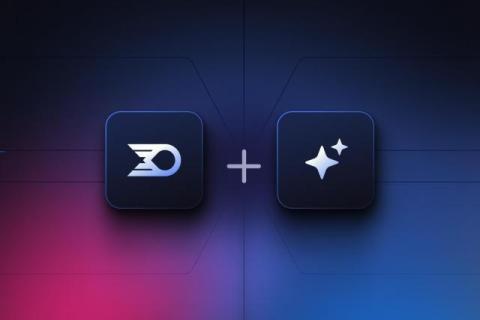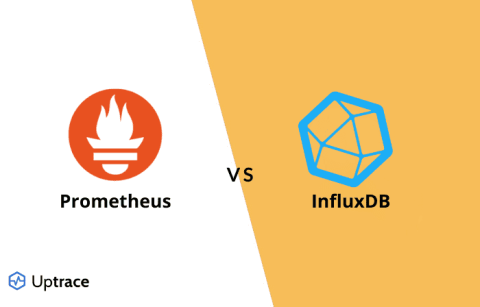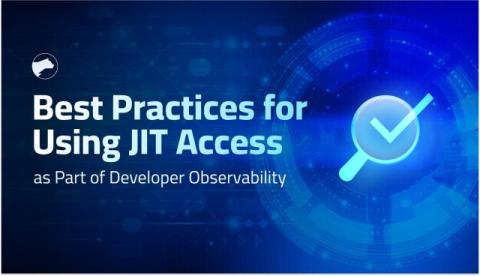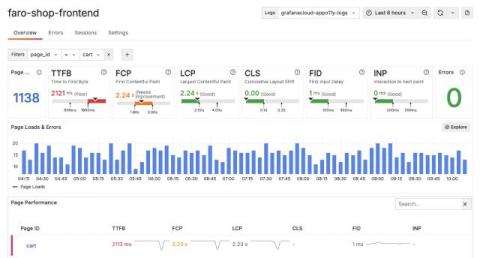Getting Started With Refinery: Rules File Template
Sampling is a necessity for applications at scale. We at Honeycomb sample our data through the use of our Refinery tool, and we recommend that you do too. But how do you get started? Do you simply a set rate for all data and a handful of drop and keep rules, or is there more to it? What do these rules even mean, and how do you implement them? To answer these questions, let’s look at a rules file template that we use for customers when first trying out Refinery.











